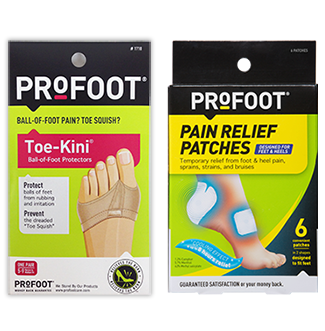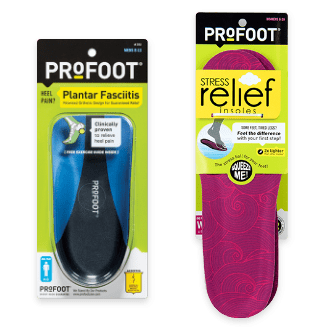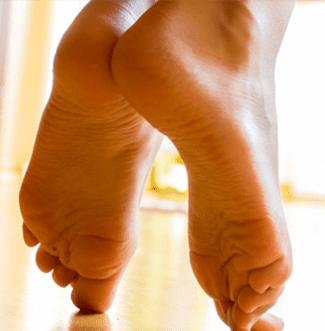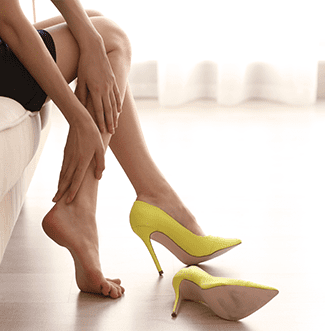Bunions
What is a Bunion

Outer area of the foot
A bunion is a bump that forms at the base of your big toe on the outer part of your foot near the metatarsophalangeal joint. This joint supports most of your weight while walking or standing, and it undergoes a lot of wear and tear over a lifetime. Stress and pressure on the joint can cause the big toe to move abnormally at the base. A bunion forms when the base of the big toe grows larger and sticks out as a result of the altered motion. As the bunion gets worse, it angles your big toe toward your second toe, causing irritation and inflammation on both toes.
Bunions and Shoes
To prevent a bunion from developing in the first place, don’t wear shoes that are too small or don’t fit properly. Choose a shoe that conforms to the shape of your foot—and matches your activity level. Avoid buying shoes with pointed toes or that feel tight around your toes—whether it’s a heel, flat, or athletic shoe. Buy shoes with good arch support and a cushioned foot bed. Or add a gel or foam insole to your shoes.
High heels and bunions

Woman with painful bunion.
Women develop bunions far more often than men, especially as they age. This could be in part because many women wear poorly-fitted and too-tight shoes with pointy toes and extremely high heels. High heels push the toes to the front of the toe box, where they are cramped and compressed.
Wearing high heels over two inches shifts your weight forward, adding extra stress to the front of your foot and pushing the big toe into the front of your shoe’s toe box. In addition, wearing very high heels for an extended period of time can tighten the tendons and ligaments in your calf and foot, causing pain under the ball of the foot and exacerbating bunion pain.
Best Shoes If You Have Bunions
When buying new shoes, make sure that your toes do not feel pinched or cramped, and that your toes are not pushing towards or over another toe. Buy shoes with room and flexibility in the toe box and proper depth in the heel. The best shoes for bunion sufferers have heels under two inches and a slightly wider, rounded toe box with about a 1/2-inch of space between the tip of your longest toe and the end of the shoe.
Stretching shoes
Wear new shoes at home before you wear them out in the world to help stretch them out. Wear them for an hour or two at a time, until they feel comfortable. To speed up the process, wear a thick pair (or several pairs) of socks. Use a shoe-stretching spray on leather shoes. Better yet, place an adjustable shoe stretcher inside your shoes for a few days. Or take them to a shoe repair shop to have them professionally stretched.
Stretching your shoes and aligning your toes can not only relieve the pain of bunions, but help keep them from progressing and causing other foot problems.


















